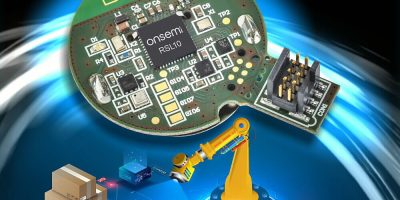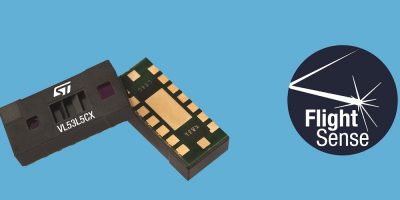Claimed to provide 30 times lower power and industrial-grade protection for battery-powered devices, the MAXQ1065 has been released by Analog Devices.
The low power cryptographic controller features ChipDNA PUF (physically unclonable functionality) technology, which is claimed to offer the strongest protection for edge to cloud IoT nodes, including medical and wearable devices, against invasive security attacks. The security co-processor provides 30 times lower power when compared to similar products, claimed ADI and its extended lifetime and operating range make it suitable for long-term deployments in harsh environments.
The MAXQ1065 security co-processor provides turnkey cryptographic functions for root of trust, mutual authentication, data confidentiality and integrity, secure boot, secure firmware update, and secure communications. It includes standard algorithms for key exchange and bulk encryption, or complete transport layer security (TLS) support. The device integrates 8kbyte of secure storage for user data, keys, certificates and counters with user-defined access control and life cycle management functionality for IoT equipment.
The MAXQ1065’s small footprint and low pin count allow for easy integration into medical and wearable devices. The MAXQ1065 life cycle management allows flexible access control rules during the major life cycle stages of the device and end equipment, enabling it to be used for long-term operation in harsh environments. In addition to the proprietary PUF technology to resist attacks, the MAXQ1065 is also supported by Analog Devices’ secure key pre-programming service for customers who want keys, data and life cycle state initialised prior to shipment to a contract manufacturer.
Analog Devices has a comprehensive suite of analogue and mixed signal, power management, radio frequency (RF), and digital and sensor technologies. ADI serves 125,000 customers worldwide operating in the industrial, communications, automotive, and consumer markets.







